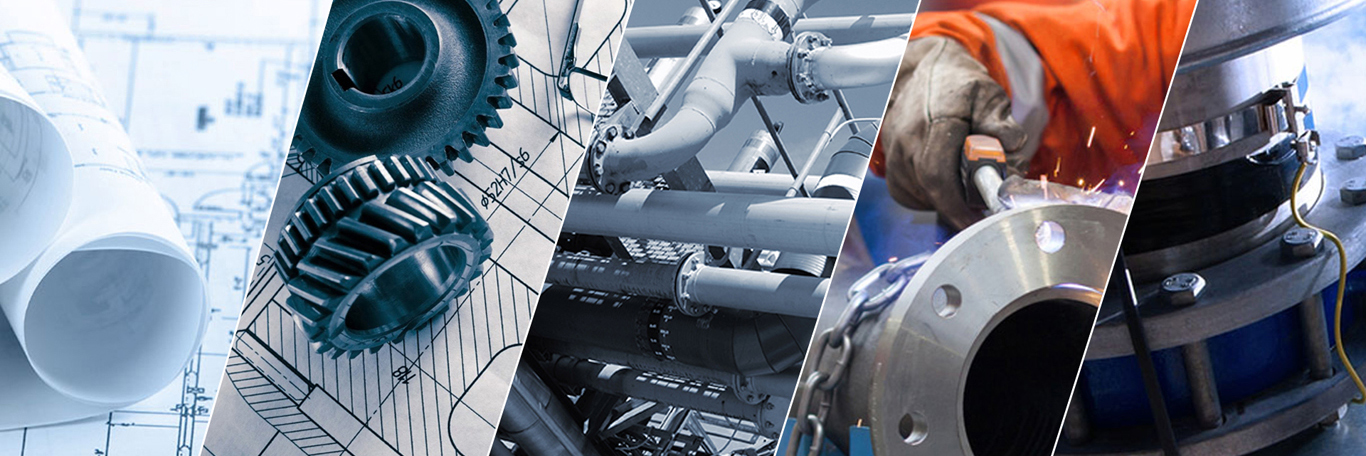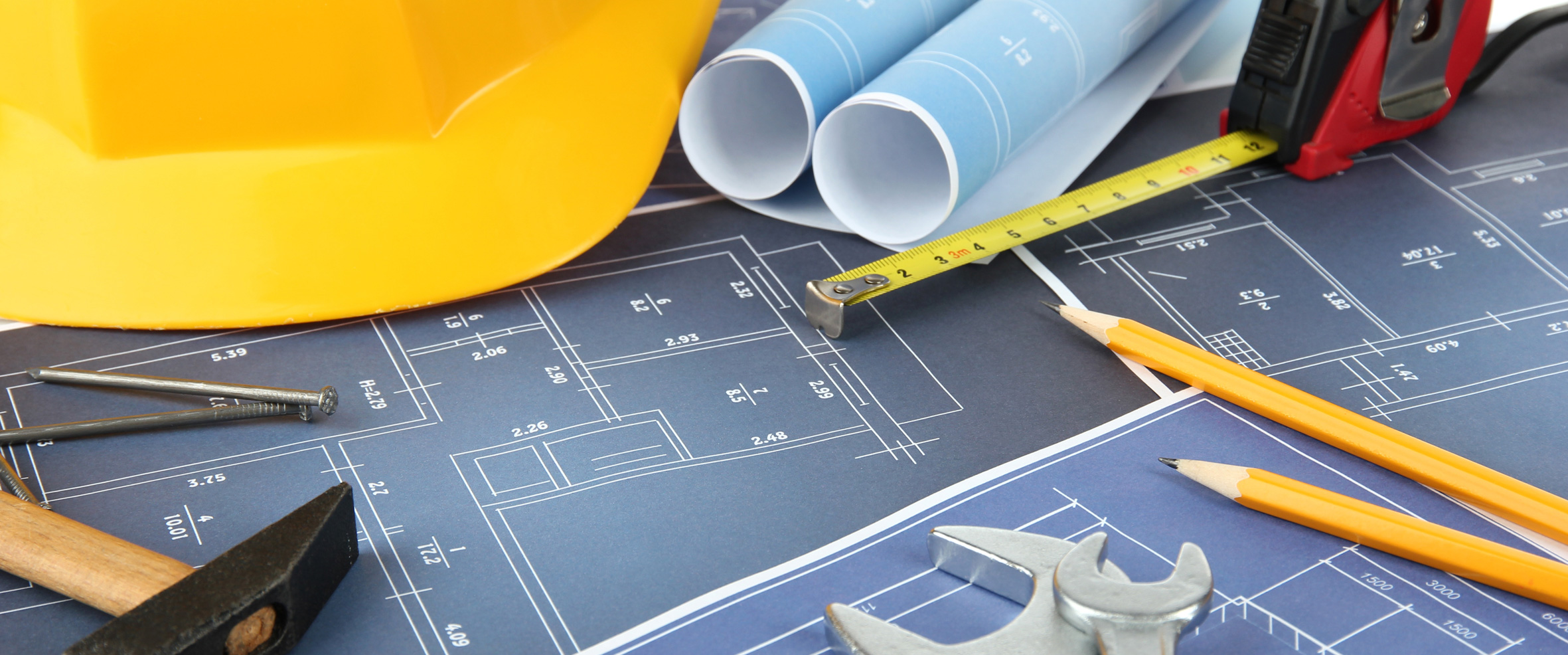Streamline Your Workflow with Expert Engineering Support Services: Setting Out Engineer, Measured Building Surveying, and Much more
Streamline Your Workflow with Expert Engineering Support Services: Setting Out Engineer, Measured Building Surveying, and Much more
Blog Article
Optimizing Land Use Preparation With Comprehensive Surveying Solutions
In the world of land use preparation, the combination of comprehensive surveying remedies stands as a critical instrument in fostering educated decision-making and lasting advancement methods. The optimization of land use preparing with checking services is not without its challenges, prompting the exploration of innovative techniques to improve procedures and extract valuable understandings for critical growth efforts.
Relevance of Comprehensive Surveying Solutions

Comprehensive evaluating options allow planners to assess the viability of land for different objectives, recognize potential threats or restraints, and style sustainable development methods - construction surveys. By incorporating precise study data into land use strategies, authorities can make certain reliable use sources, lessen ecological effect, and promote lasting economic development
Furthermore, comprehensive surveying solutions promote stakeholder involvement and collaboration by visualizing suggested land use modifications and permitting feedback before implementation. This aggressive approach improves transparency, fosters area depend on, and inevitably leads to a lot more effective land usage preparation end results. Essentially, the relevance of detailed surveying solutions can not be overstated in the realm of efficient land use planning.
Advanced Technologies for Land Usage Planning
Utilizing innovative technologies improves the precision and effectiveness of land usage planning procedures. Advanced innovations such as Geographic Details Systems (GIS), LiDAR (Light Discovery and Ranging), and remote sensing play a critical function in modern land usage preparation. Topographical Surveying. GIS permits planners to analyze spatial information, identify patterns, and make notified choices pertaining to land growth. LiDAR innovation gives extremely exact elevation data, helping in terrain modeling and flooding danger evaluation. Remote noticing, through drones and satellites, provides detailed images for checking land changes and analyzing environmental impacts.
Additionally, Structure Details Modeling (BIM) makes it possible for coordinators to create 3D models of structures and infrastructure, facilitating better visualization and planning of land usage jobs. Expert System (AI) algorithms can assess vast amounts of data to forecast future land use fads and enhance preparation methods. In addition, progressed evaluating devices like drones furnished with high-resolution video cameras and LiDAR sensing units can quickly survey huge areas with accuracy, decreasing time and expenses related to traditional surveying approaches. Incorporating these sophisticated modern technologies into land use preparation procedures can result in more sustainable and efficient urban growth.
Conquering Difficulties in Site Recognition

In addition, clashing passions among stakeholders, such as developers, conservationists, and regional neighborhoods, can complicate the site identification process. To navigate this obstacle, planners need to promote open communication, cooperation, and negotiation to get to agreement on the best land usage techniques that line up with the demands of all events involved.
In addition, governing hurdles, zoning constraints, and land utilize policies can also hamper the website identification procedure. Planners require to remain updated on relevant policies, involve with neighborhood authorities, and Engineering surveys conduct detailed research study to recognize sites that fulfill all lawful needs and compliance standards. By proactively addressing these difficulties, land use planners can simplify the site identification process and lead the way for effective land usage planning initiatives.
Maximizing Effectiveness With Checking Strategies
Browsing the intricacies of site identification processes successfully lays a structure for maximizing efficiency through calculated evaluating techniques in land use planning. By utilizing sophisticated surveying devices such as drones, GIS technology, and 3D laser scanning, land use planners can streamline the data collection procedure, leading to even more precise site analyses and structured decision-making. These strategies make it possible for coordinators to gather accurate topographic info, determine environmental constraints, and analyze land suitability with greater rate and accuracy than traditional techniques.
Moreover, integrating evaluating techniques with Geographic Information Solution (GIS) permits for the reliable evaluation and visualization of spatial data, assisting in the identification of optimal land use scenarios. Overall, the calculated usage of evaluating strategies improves efficiency, accuracy, and partnership in land usage preparation efforts.
Decision-Making Insights for Advancement
For effective advancement, acquiring important understandings for decision-making is vital in the world of land usage preparation. Decision-making understandings play an essential function in forming the future of rural and city locations, making certain sustainable development and effective source allotment. Comprehensive evaluating options provide coordinators and developers with the essential data to make educated decisions that align with the long-term objectives of a community.
By leveraging advanced evaluating strategies such as airborne studies, GIS mapping, and 3D modeling, stakeholders can picture the prospective effect of growth projects and assess different situations before implementation. These understandings allow decision-makers to optimize land use, lessen ecological risks, and boost overall task usefulness.
Additionally, data-driven decision-making supported by checking services aids improve the planning procedure, decrease uncertainties, and rise stakeholder confidence. By incorporating exact study data right into the decision-making procedure, programmers can determine chances, alleviate challenges, and inevitably create sustainable land usage prepares that advantage both future and existing generations. Finally, decision-making understandings originated from extensive surveying solutions are important for driving impactful and successful growth efforts.
Verdict
To conclude, optimizing land use planning with detailed evaluating options is crucial for reliable and effective growth. By making use of advanced innovations and evaluating techniques, difficulties in site identification can be overcome, resulting in better decision-making insights. This strategy maximizes performance and makes certain that land resources are utilized in a lasting and calculated fashion. It is crucial for effective land use preparation and advancement jobs.
In the world of land use preparation, the combination of thorough evaluating services stands as a critical instrument in fostering notified decision-making and sustainable advancement methods. In essence, the importance of extensive surveying services can not be overemphasized in the world of reliable land use planning.
By proactively addressing these difficulties, land use organizers can improve the site identification procedure and lead the means for effective land usage preparation efforts.
In general, the calculated usage of surveying methods improves effectiveness, precision, and partnership in land usage planning initiatives.
In verdict, optimizing land use preparation with comprehensive surveying services is vital for effective and efficient advancement.
Report this page